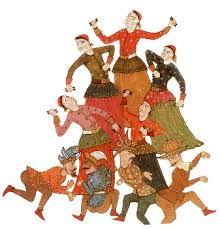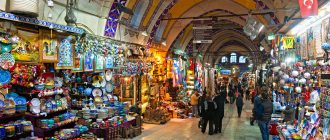Want to learn more about Turkish miniatures? Read on for facts and info on this interesting form of art developed in Turkey during the Ottoman rule…
The fine art of Turkish miniature painting was developed during the rule of the Ottomans over Turkey. The miniature paintings from that time period display a highly advanced skill level that is coupled by rich subject matter displayed in the paintings.
Turkish miniature painting was practiced, unadulterated for about four consecutive centuries. The earliest specimens from this unique style of art date back to the mid fifteenth century. The paintings from each era clearly depict the artistic tastes and trends prevalent during that time period.
During the initial years of the art form, Turkish miniature paintings were specially produced for the Ottoman Sultans. However people of important status were also gifted with miniature artwork. The Turks have successfully managed to preserve many important miniature art works and illuminated manuscripts from the days gone by. They are housed in various museums and also palaces of Ottoman Sultans that have been converted into museums. A number of rare manuscripts can also be found in libraries across Turkey and elsewhere in the world as well.
One of the most unique and distinctive features of Turkish miniature art is the manner in which actual events are portrayed realistically while retaining the Islamic tradition of abstract formal expressions. The miniature artwork can also serve as historical records as the most commonly painted themes included Turkish victories, formal processions, conquest of fortresses, state affairs and festivals.
The official Ottoman court had a panel of designer/painters known as the “nakkas”. They were assigned with the task of painting everyday activities and events in this form. Since they were required to create fresh work on a daily basis in order to comply with the orders of the Sultan, they would not pay much attention to detail on such artwork. Hence Turkish miniature artwork is devoid of superfluous detail, and rather the focus is almost entirely upon the subject matter. The artists’ perceptions of the reality of the contemporary events taking place also shine through the specimens from Turkey.
Turkish miniature also made a transition towards portraiture painting, which was not a part and parcel of Islamic art before this. The only other Islamic civilization to have experimented with realistic portraiture more so than the Ottomans, was the Moguls of India. The collection of Turkish miniatures is loaded with many fine samples of portraiture all the way from the 15th century up till the 20th century.
In its essence the art form of Turkish Miniatures can be termed as historical paintings. This is because the vast majority of the work has served as documentation of actual events that came to pass during the reign of the Ottomans.
Sultan Mehmed II is regarded as being the first sultan to patronize the art of creating miniatures during his reign. He is also regarded as being the one to introduce portraiture into the portfolio of Islamic art for the very first time. From henceforth the art form continued to flourish until the end of the Ottoman rule in Turkey.





